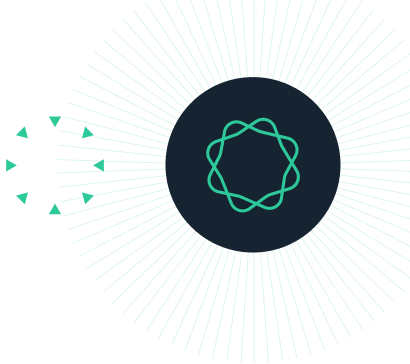GENEIOUS PRIME
Genome Annotation and Sequence Prediction
Automatic genome annotation, real-time sequence analysis and protein structure prediction.
Automatic genome annotations
Automatically annotate a new genome based on existing patterns and annotations in public or local databases including annotating ORFs as hypothetical genes based on these patterns and queries against NCBI.
Transfer annotations
Annotate by similarity (with large database of sequences) or transfer annotations using an alignment. Predict genes with Glimmer, search for motifs by copying and pasting sequences and detect tandem repeats with Phobos.
Real-time sequence prediction
- DNA translation – Translate and complement alongside your nucleotide sequences. Translate in any frame or all 6 frames at once or just translate the annotation or selection that you’re interested in.
- Consensus Sequence – Predict consensus sequences according to your choice of identity schemes including “consensus by quality” on chromatogram data which chooses the best base call automatically
- DNA sequences – Predict identity, read coverage, numerous statistics on base frequencies, residue frequencies, CpG islands and more
- Protein sequences – Predict molecular weight, isoelectric point, hydrophobicity, transmembrane regions, coiled coil regions, amino acid charge and more
Resources
VIDEOS
EXPLORE GENEIOUS PRIME
Sanger Sequencing
Trim, assemble, and view Sanger sequencing trace files. Powerful SNP detection and variant calling.
Molecular Cloning
View plasmid maps, annotate vectors, find restriction sites. Simulate restriction, Golden Gate, Gibson, and Gateway cloning.
Primer Design
PCR and sequencing primer design tool. Primer database and testing.
Import Data
Import and convert common file types as well as their annotations and notes with a simple drag and drop
GENEIOUS ACADEMY

















